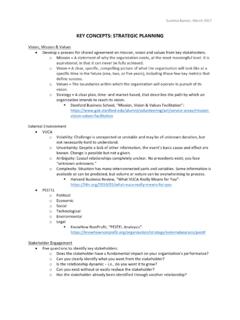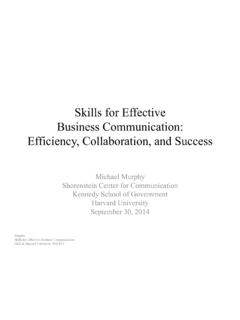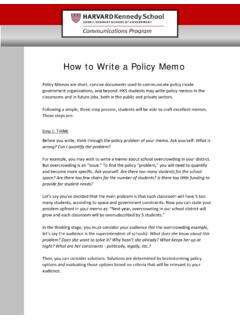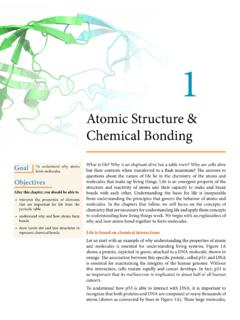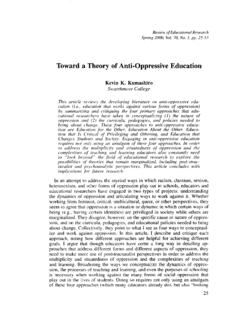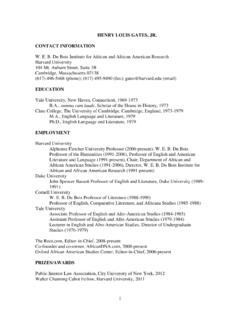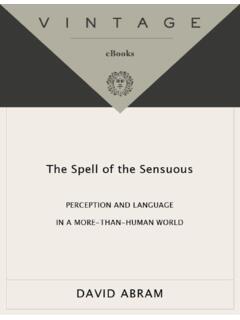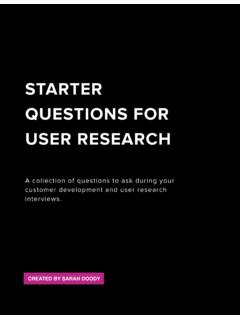Transcription of •mparison/Contrast Problem/Solution •pothesis/Proof
1 Communications Program 79 John F. Kennedy Street Cambridge, Massachusetts 02138 TIPS FOR WRITING ANALYTIC RESEARCH PAPERS Papers require analysis , not just description. When you describe an existing situation ( , a policy, organization, or problem ), use that description for some analytic purpose: respond to it, evaluate it according to some specific criteria, examine it for cause-and-effect linkages, contrast it to what happened elsewhere, to what might have been, or to what we have today. Keep in mind that such background description is the necessary first step towards analysis and should comprise no more than 20% of your paper. Consider using one of the following common analytic designs to generate new ideas: Question/Answer Problem/Solution Hypothesis/Proof Comparison/Contrast Cause/Effect Change Over Time State your hypothesis or purpose up front, explain why it s important or interesting, and then give a roadmap to show how you ll make your case Choose interesting facts from the readings and form them into arguments for and against your hypothesis.
2 Make sure your quotations are chosen for some analytic purpose, and don t be afraid to disagree with them. Break down big ideas into concrete, measurable parts and then focus on a small, manageable piece of the issue Take the risk of expressing opinions or disagreements, and then give reasons, evidence for your position When you ask big questions, give concrete indications of how you would begin to answer those questions: Does gender make a difference in philanthropic style? What concrete data would you measure or evaluate to answer that question? When you respond to a quotation, either positively or negatively, explain why and support your position with reasons, evidence. Use the quote to get you to some new place. Focus on problems, discrepancies, disagreements, tensions, or changes over time Examine counterarguments Support key assertions with evidence: concrete examples, sources of information, footnotes, etc.
3 When making judgments or evaluations, mention your assumptions and criteria Consider using subheads to guide the reader Develop only one important idea per paragraph. Try to make the first sentence of each paragraph a summary statement. All other sentences in that paragraph should support, expand, or qualify that first statement. Copyright 1998, President and Fellows of Harvard College Created: 19 May, 2009, VMc
